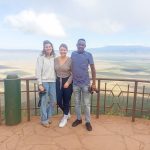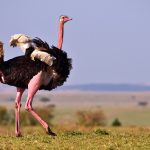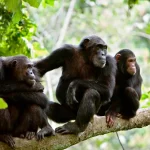
- Kilimanjaro Climb Planning
-
Written by : Tarimo Expeditions
Kilimanjaro Climb Planning: Your Ultimate Guide to a Successful Summit
Are you ready for the ultimate adventure of a lifetime? Climbing Mount Kilimanjaro in Tanzania is a dream for many people, but it requires thorough planning to ensure a safe and successful summit. In this guide, we will walk you through everything you need to know to plan your Kilimanjaro climb, from choosing the best route to packing the right gear.
Mount Kilimanjaro is the highest peak in Africa and one of the Seven Summits. Climbing Kilimanjaro is a bucket list item for many adventurers, and for good reason – it offers stunning views, a unique hiking experience, and a sense of accomplishment that is hard to match. However, climbing Kilimanjaro is not a walk in the park – it requires proper planning, training, and preparation to ensure a safe and successful summit. In this guide, we will provide you with everything you need to know to plan your Kilimanjaro climb and make your dream a reality.
Why climb Mount Kilimanjaro?
Climbing Mount Kilimanjaro is a unique and unforgettable experience that offers a range of benefits. It is a challenging adventure that requires physical and mental strength, but it also offers stunning views of the African savannah and an opportunity to connect with nature. Climbing Kilimanjaro can also be a great way to challenge yourself, boost your confidence, and create lasting memories with friends and family.
When is the best time to climb Kilimanjaro?
The best time to climb Kilimanjaro is during the dry season, which runs from late June to October and from December to February. During the dry season, you can expect clear skies, mild temperatures, and lower chances of rain and snow. However, keep in mind that Kilimanjaro is a popular destination, and the trails can be crowded during peak seasons.
How to choose the best route for your Kilimanjaro climb
There are several routes to climb Kilimanjaro, each with its own advantages and challenges. The most popular routes are the Marangu, Machame, and Lemosho routes. When choosing a route, consider factors such as length, difficulty, scenery, and crowd levels. It is also important to choose a reputable tour operator and guide to ensure a safe and successful climb.
How to train for the Kilimanjaro climb
Climbing Kilimanjaro requires physical and mental preparation, regardless of your fitness level. Training should include cardio exercises, strength training, and hiking on uneven terrain with a backpack. It is also important to acclimate to the altitude by gradually increasing your elevation before the climb.
Essential gear for Kilimanjaro climb Packing the right gear is crucial for a safe and comfortable Kilimanjaro climb. Essential gear includes a waterproof and windproof jacket, warm layers, sturdy hiking boots, a sleeping bag rated for sub-zero temperatures, a headlamp, and a backpack. It is also important to bring trekking poles, sunglasses, sunscreen, and a first aid kit.
What to pack for your Kilimanjaro climb
In addition to essential gear, you should also pack clothing and personal items for your Kilimanjaro climb. Clothing should be breathable, moisture-wicking, and comfortable. It is important to bring extra layers for the cold and changing weather conditions. Other items to pack include toiletries, medication, snacks, and a camera.
How to acclimatize to the altitude
Acclimatization is crucial for a safe and successful Kilimanjaro climb. It is important to ascend slowly and take regular breaks to allow your body to adjust to the altitude. Drinking plenty of water and eating a high-carbohydrate diet can also help with acclimatization. Some climbers may choose to take medication to prevent altitude sickness, but it is important to consult with a doctor before doing so.
What to expect on the Kilimanjaro climb
Climbing Kilimanjaro can be physically and mentally challenging, but also incredibly rewarding. The climb typically takes 5-9 days, depending on the route, and involves hiking for several hours each day. The terrain ranges from rocky trails to steep slopes and glacier crossings. You can also expect to experience changing weather conditions, including cold temperatures and high winds.
Tips for a successful Kilimanjaro climb
To ensure a safe and successful Kilimanjaro climb, it is important to follow some tips. These include starting your climb well-rested and hydrated, hiking at a comfortable pace, staying positive and motivated, and communicating with your guide and fellow climbers. It is also important to take care of your body and mind by getting enough sleep and staying mentally focused.
Kilimanjaro climb cost and budgeting
Climbing Kilimanjaro can be expensive, and the cost varies depending on factors such as the route, tour operator, and length of the climb. It is important to budget for the cost of the climb, which can include fees for permits, park fees, and guide fees, as well as travel, gear, and other expenses.
Kilimanjaro climb safety and health precautions
Climbing Kilimanjaro comes with certain risks, including altitude sickness, hypothermia, and accidents on the trail. It is important to take safety and health precautions, such as hiring a reputable guide, acclimatizing properly, and following the rules and regulations of the park. It is also important to carry a first aid kit and have emergency evacuation plans in place.
Kilimanjaro climb environmental impact and sustainability
Climbing Kilimanjaro can have an impact on the environment, including the fragile ecosystems and wildlife of the mountain. It is important to practice responsible and sustainable tourism, such as packing out all trash and waste, using biodegradable products, and supporting local conservation efforts.
Climbing Mount Kilimanjaro is a once-in-a-lifetime adventure that requires proper planning, preparation, and care. By following the tips and advice in this guide, you can ensure a safe and successful climb and create unforgettable memories. Remember to respect the mountain, its ecosystems, and its communities, and leave no trace behind.
FAQs
- How long does it take to climb Kilimanjaro?
The climb typically takes 5-9 days, depending on the route, and involves hiking for several hours each day. It is important to take the time to acclimatize properly and allow your body to adjust to the altitude.
- Do I need a guide to climb Kilimanjaro?
Yes, it is required to hire a guide to climb Kilimanjaro. This ensures your safety and helps support the local economy. Make sure to hire a reputable guide and tour operator.
- Do I need prior climbing experience to climb Kilimanjaro?
No, prior climbing experience is not necessary to climb Kilimanjaro. However, it is important to be in good physical shape and mentally prepared for the challenge.
- What is the best time of year to climb Kilimanjaro?
The best time to climb Kilimanjaro is during the dry season, which is from June to October and December to February. However, it is important to note that the mountain can be climbed year-round.
- Can I climb Kilimanjaro on my own?
No, it is not allowed to climb Kilimanjaro without a guide. This is for your safety and to support the local economy.
Climbing Mount Kilimanjaro is an adventure of a lifetime that requires proper planning, preparation, and care. By following the tips and advice in this guide, you can ensure a safe and successful climb and create unforgettable memories. Remember to respect the mountain, its ecosystems, and its communities, and leave no trace behind. With the right mindset, gear, and guide, you can summit Africa’s highest peak and experience the awe-inspiring beauty of Kilimanjaro.
Best of Our Tanzania Safaris
From the Wildebeest Migration to the Big 5 and Tropical White Sand Beaches
Explore the best of Tanzania with our curated collection of safaris packages. Experience breathtaking wildlife, stunning landscapes and cultural richness, there’s something for everyone.



